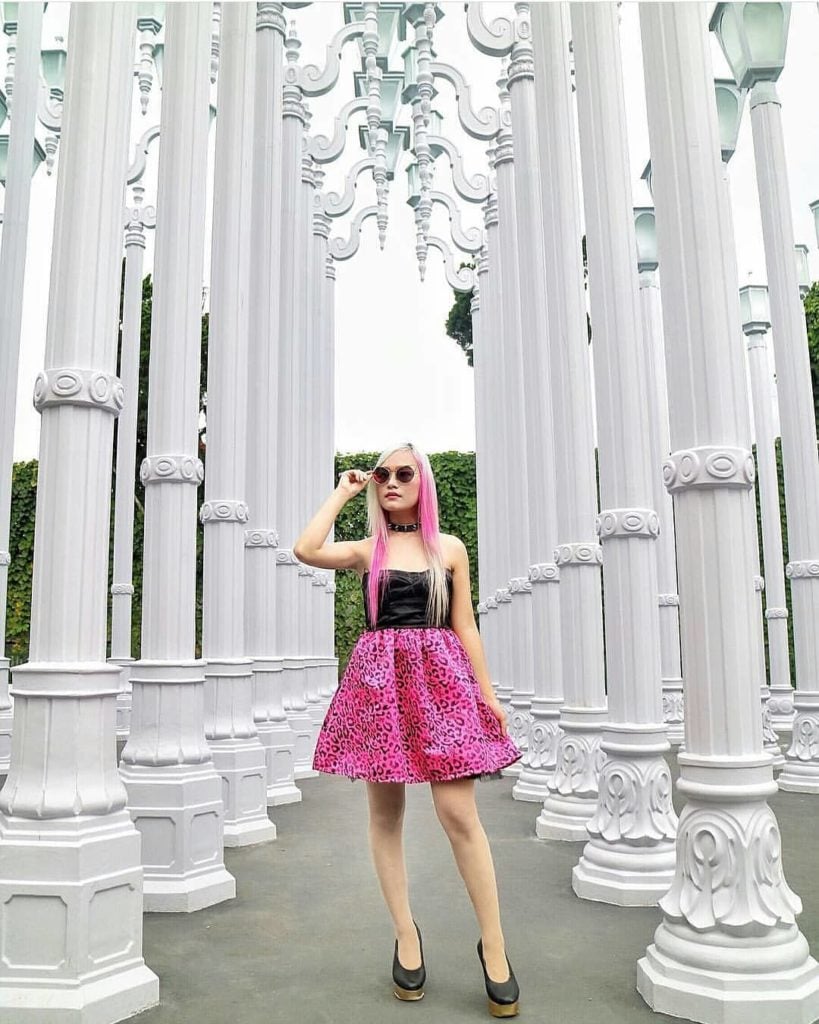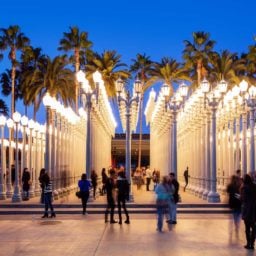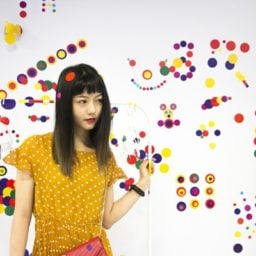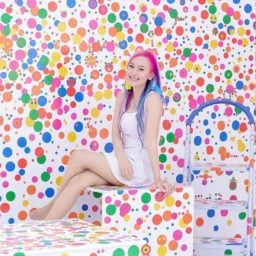The estate of Chris Burden is suing the Indonesian theme park and selfie museum Rabbit Town for potentially having copied Urban Light (2008), the artist’s public art installation that greets visitors at the entrance to the Los Angeles County Museum of Art.
“We are pretty confident that Rabbit Town was trying to take advantage of how well known Chris Burden’s Urban Light is and how much it has been represented in the media,” Yayoi Shionoiri, the executive director of the Burden estate, told ARTnews. “To be able to protect something that an artist has put their originality, their creativity, and their name to, as well as the time and expense incurred to create a work that is something that the estate, in my opinion, has to vigorously protect.”
Henry Husada, the chairman and CEO of Kagum hotel group, opened Rabbit Town in 2018 in a bid to channel the nation’s growing interest in swafoto, or the “selfie tourism” trend. It’s located in what was once Husada’s private mansion on the island of West Java, in the city of Bandung, part of UNESCO’s Creative Cities Network.
The attractions at the selfie hotspot immediately came under fire for appearing to recreate other popular artworks. There was Patrico Sticker, in which visitors were invited to cover a white room in colorful polka dot stickers, just like Yayoi Kusama’s popular Obliteration Room.
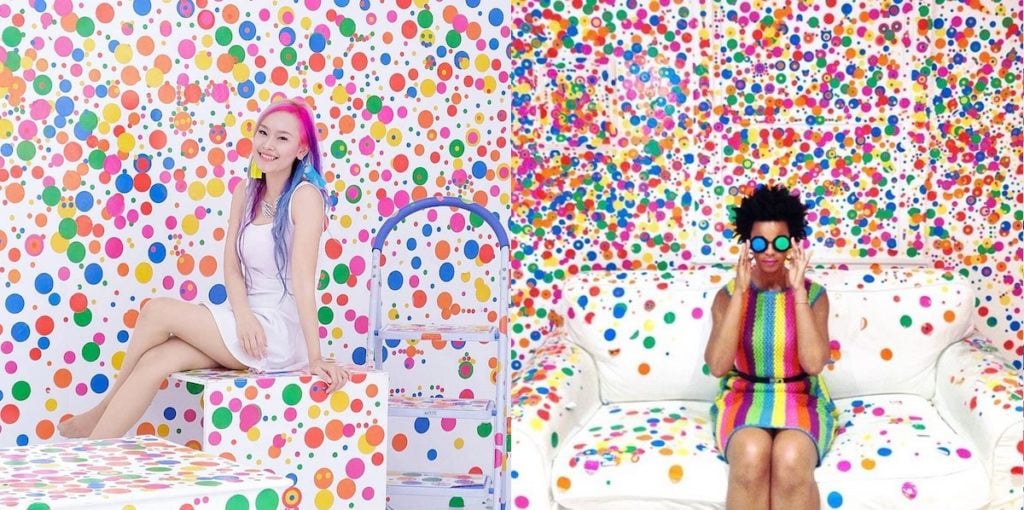
Left, the Rabbit Town Patrico Sticker installation. Right, Yayoi Kusama’s Obliteration Room. Photo via Instagram, @rabbittown.id and @dzrosen.
Other installations aped the colorful angel wing murals that Colette Miller has been painting in Los Angeles since 2012, as well as rooms from the Museum of Ice Cream that feature dangling pink and yellow banana phones and glowing ice cream cone light bulbs. And then there was Love Light, a dead ringer for the symmetrical display of 202 functioning lampposts in descending heights that make up Burden’s Urban Light.
Burden’s estate learned of the resemblance soon after the park’s opening. The Indonesian installation was a problem in the estate’s eyes because Rabbit Town was charging admission and financially profiting from the lookalike artwork. It reached out to address the issue. But when Rabbit Town was unresponsive to the possibility of a post-facto license to duplicate the work, the estate began pursuing legal action. It contracted an Indonesia law firm to file the suit, a complicated process further delayed by court closures due to the global health crisis.
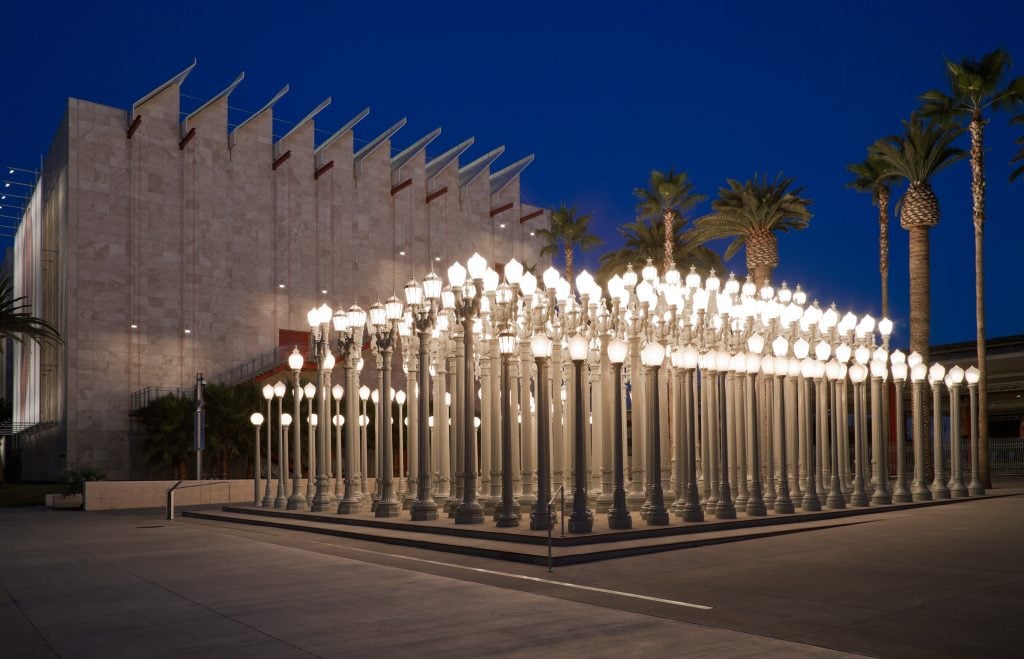
Chris Burden, Urban Light (2008), at the Los Angeles County Museum of Art. Photo photo by Museum Associates/LACMA, ©Chris Burden/licensed by the Chris Burden Estate and Artists Rights Society (ARS), New York.
Rabbit Town is now one of four parks that make up Wisata Selfie (wisata is Indonesian for “tour” or “tourism”). The others are Centrum Million Bills, billed as the world’s largest ball pit; This Is Me, which features colorful everyday environments such as the laundromat or supermarket; and the Museum of Ice Cream-like Pink Ice Cream.
Wisata Selfie did not immediately respond to requests for comment.
